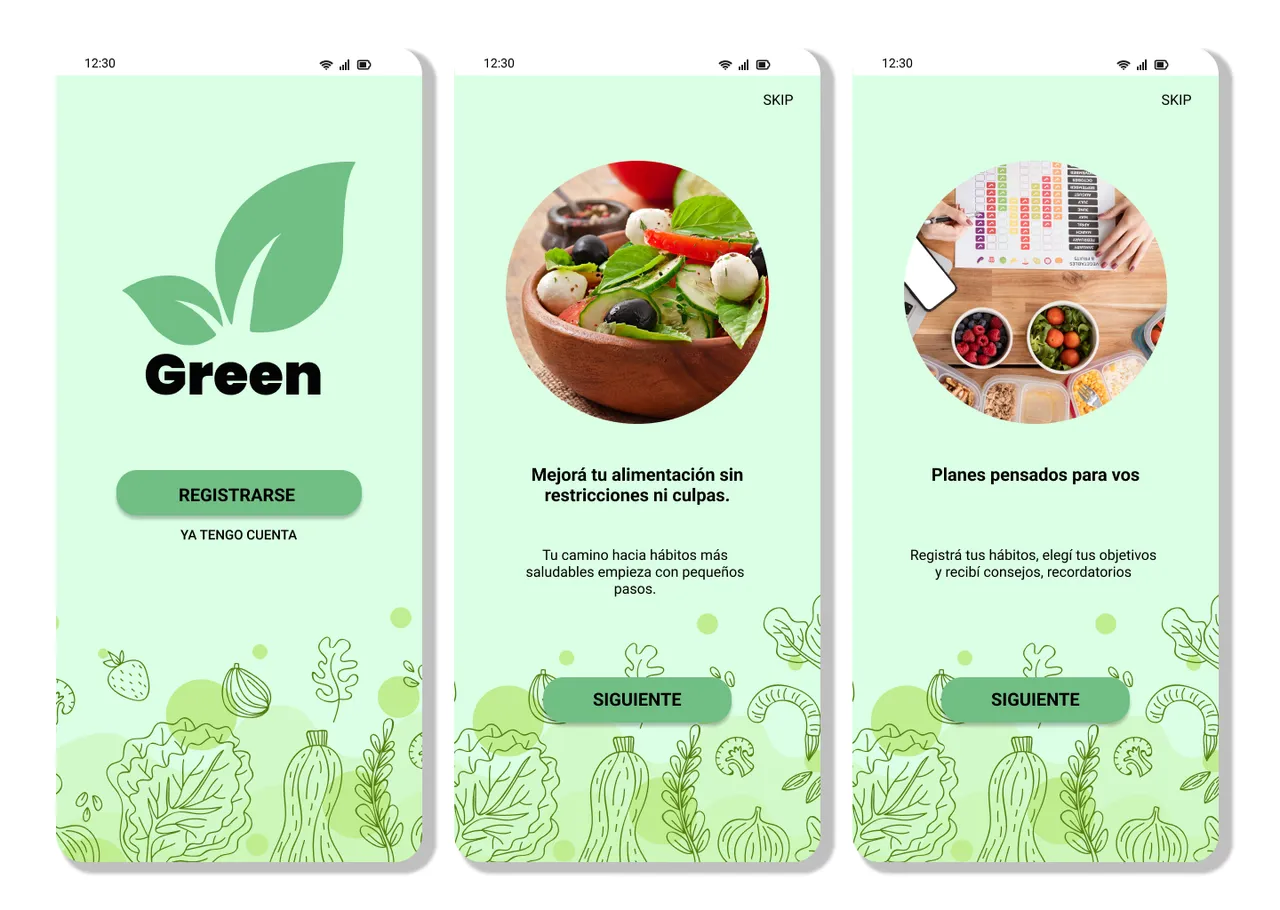Si alguna vez te has preguntado qué hace un diseñador UX/UI en su día a día, no estás solo. Aunque a simple vista parece que solo diseñamos pantallas bonitas, en realidad, nuestro trabajo va mucho más allá de eso. Nos enfocamos en crear experiencias digitales funcionales, accesibles y agradables para los usuarios.
If you've ever wondered what a UX/UI designer does on a daily basis, you're not alone. Although at first glance it seems like we only design pretty screens, in reality, our work goes far beyond that. We focus on creating functional, accessible, and enjoyable digital experiences for users.

━━━━♡♡UX♡♡━━━━━━━━━━━━♡♡UX♡♡━━━━━━━━━━━━♡♡UX♡♡━━━━
¿Qué hace un diseñador UX/UI en su día a día?
El trabajo de un diseñador UX/UI no solo se trata de hacer pantallas bonitas. Su rutina diaria incluye diversas actividades, como:
✅ Investigación de usuarios: Entrevistas, encuestas y análisis de datos para entender las necesidades del usuario.
✅ Wireframing y prototipado: Creación de estructuras y versiones interactivas del diseño.
✅ Pruebas de usuario: Evaluación de la usabilidad para mejorar la experiencia.
✅ Diseño visual e interacción: Creación de interfaces atractivas y funcionales.
✅ Colaboración con equipos: Trabajo conjunto con desarrolladores y stakeholders.
Diferencias entre UX, UI y Product Design
- UX Designer: Se enfoca en la experiencia del usuario, investigando y optimizando la usabilidad.
- UI Designer: Diseña la interfaz visual, los colores, la tipografía y la interactividad.
- Product Designer: Integra UX y UI con una visión más estratégica del producto.
Herramientas esenciales:
- Figma / Sketch / Adobe XD (Diseño y prototipado)
- Notion / Trello (Gestión de proyectos)
- Maze / Hotjar (Pruebas de usuario)
Ejemplo de rutina diaria:
🕘 9:00 AM – Investigación de usuarios
Investigación y análisis
El día comienza con café y mucha curiosidad. Antes de diseñar, es fundamental entender a los usuarios: ¿quiénes son?, ¿qué necesitan?, ¿qué problemas enfrentan?
Aquí entran en juego herramientas como Hotjar para analizar el comportamiento en la web, Maze para pruebas de usabilidad y Google Analytics para revisar datos clave. También se pueden realizar entrevistas o encuestas para conocer mejor a los usuarios.
🕚 11:00 AM – Creación de wireframes
Wireframes y estructura
Una vez que tenemos información suficiente, es hora de plasmar ideas en wireframes. Estas son representaciones visuales simples que muestran la estructura de una página o aplicación sin distracciones estéticas.
Para esta fase, usamos herramientas como Balsamiq (para wireframes de baja fidelidad) o Figma y Sketch (para versiones más detalladas).
🕑 2:00 PM – Diseño de interfaz en Figma
Diseño visual y prototipado
Ahora viene la parte creativa. Se trabaja en la identidad visual del producto, eligiendo colores, tipografías, íconos y elementos interactivos.
Los prototipos se crean en Figma, Adobe XD o Sketch, permitiendo que el equipo y los clientes puedan visualizar cómo funcionará el diseño antes de desarrollarlo.
🕓 4:00 PM – Pruebas de usabilidad y ajustes
Pruebas de usabilidad y ajustes
No basta con diseñar algo bonito; hay que probarlo. Se realizan test de usuario para identificar problemas y mejorar la experiencia antes del lanzamiento.
Herramientas como UsabilityHub y Optimal Workshop ayudan a validar decisiones de diseño con datos reales.
🕕 6:00 PM – Revisión y feedback con el equipo
Revisión con el equipo
El día termina con reuniones de equipo para compartir avances, recibir feedback y ajustar detalles.
Conclusión: Un diseñador UX/UI es un investigador, creador y solucionador de problemas. Cada día es diferente y está lleno de nuevos retos.
What does a UX/UI designer do on a daily basis?
A UX/UI designer's job isn't just about making pretty screens. Their daily routine includes various activities, such as:
✅ User research: Interviews, surveys, and data analysis to understand user needs.
✅ Wireframing and prototyping: Creating structures and interactive versions of the design.
✅ User testing: Evaluating usability to improve the experience.
✅ Visual and interaction design: Creating attractive and functional interfaces.
✅ Collaboration with teams: Working closely with developers and stakeholders.
Differences between UX, UI, and Product Design
- UX Designer: Focuses on the user experience, researching and optimizing usability.
- UI Designer: Designs the visual interface, colors, typography, and interactivity.
- Product Designer: Integrates UX and UI with a more strategic vision of the product.
Essential tools:
- Figma / Sketch / Adobe XD (Design and prototyping)
- Notion / Trello (Project management)
- Maze / Hotjar (User testing)
Example of a daily routine:
🕘 9:00 AM – User research
Research and analysis
The day starts with coffee and a lot of curiosity. Before designing, it's essential to understand users: who are they? What do they need? What problems do they face?
This is where tools like Hotjar come into play to analyze web behavior, Maze for usability testing, and Google Analytics to review key data. Interviews or surveys can also be conducted to better understand users.
🕚 11:00 AM – Wireframe Creation
Wireframes and Structure
Once we have enough information, it's time to translate ideas into wireframes. These are simple visual representations that show the structure of a page or app without aesthetic distractions.
For this phase, we use tools like Balsamiq (for low-fidelity wireframes) or Figma and Sketch (for more detailed versions).
🕑 2:00 PM – Interface Design in Figma
Visual Design and Prototyping
Now comes the creative part. We work on the product's visual identity, choosing colors, fonts, icons, and interactive elements.
Prototypes are created in Figma, Adobe XD, or Sketch, allowing the team and clients to visualize how the design will work before developing it.
🕓 4:00 PM – Usability Testing and Fine-tuning
Usability Testing and Fine-tuning
It's not enough to design something beautiful; it must be tested. User tests are conducted to identify issues and improve the experience before launch.
Tools like UsabilityHub and Optimal Workshop help validate design decisions with real data.
🕕 6:00 PM – Review and Feedback with the Team
Review with the Team
The day ends with team meetings to share progress, receive feedback, and fine-tune details.
Conclusion: A UX/UI designer is a researcher, creator, and problem solver. Every day is different and full of new challenges.

━━━━♡♡UI♡♡━━━━━━━━━━━━♡♡UI♡♡━━━━━━━━━━━━♡♡UI♡♡━━━━
El mundo del diseño UX/UI está en constante evolución, y contar con las herramientas adecuadas puede marcar la diferencia en la eficiencia y calidad de tu trabajo. A continuación, te presentamos las mejores herramientas para diseñadores UX/UI en 2025.
Herramientas de diseño
- Figma: Colaboración en tiempo real, diseño y prototipado todo en uno.
- Sketch: Potente software de diseño vectorial para macOS.
- Adobe XD: Solución de Adobe para diseño y prototipado interactivo.
Herramientas para prototipos y wireframes
- Balsamiq: Sencillo y rápido para crear wireframes de baja fidelidad.
- Axure RP: Potente herramienta para prototipos avanzados y pruebas de interacción.
- Figma: Además de diseño, permite crear prototipos interactivos de forma colaborativa.
Herramientas de investigación
- Hotjar: Permite analizar el comportamiento de los usuarios en sitios web.
- Maze: Realiza pruebas de usabilidad rápidamente con usuarios reales.
- UsabilityHub: Herramienta para pruebas rápidas de interfaces y validación de diseño.
Otras herramientas útiles
- Notion: Organización y documentación de proyectos en un solo lugar.
- Miro: Pizarra colaborativa para brainstorming y flujos de trabajo.
- Trello: Gestor de tareas basado en tableros para organizar proyectos UX/UI.
¡Potencia tu flujo de trabajo con estas herramientas!
Estas herramientas te ayudarán a optimizar tu proceso de diseño, investigación y colaboración. Prueba diferentes opciones y encuentra las que mejor se adapten a tu forma de trabajar.
The world of UX/UI design is constantly evolving, and having the right tools can make a difference in the efficiency and quality of your work. Below, we present the best tools for UX/UI designers in 2025.
Design Tools
- Figma: Real-time collaboration, design, and prototyping all in one.
- Sketch: Powerful vector design software for macOS.
- Adobe XD: Adobe's solution for interactive design and prototyping.
Prototyping and Wireframing Tools
- Balsamiq: Simple and fast way to create low-fidelity wireframes.
- Axure RP: Powerful tool for advanced prototyping and interaction testing.
- Figma: In addition to design, it allows you to collaboratively create interactive prototypes.
Research Tools
- Hotjar: Analyze user behavior on websites.
- Maze: Rapidly perform usability testing with real users.
- UsabilityHub: Tool for rapid interface testing and design validation.
Other Useful Tools
- Notion: Project organization and documentation in one place.
- Miro: Collaborative whiteboard for brainstorming and workflows.
- Trello: Board-based task manager for organizing UX/UI projects.
Boost your workflow with these tools!
These tools will help you streamline your design, research, and collaboration processes. Try different options and find the ones that work best for you.
